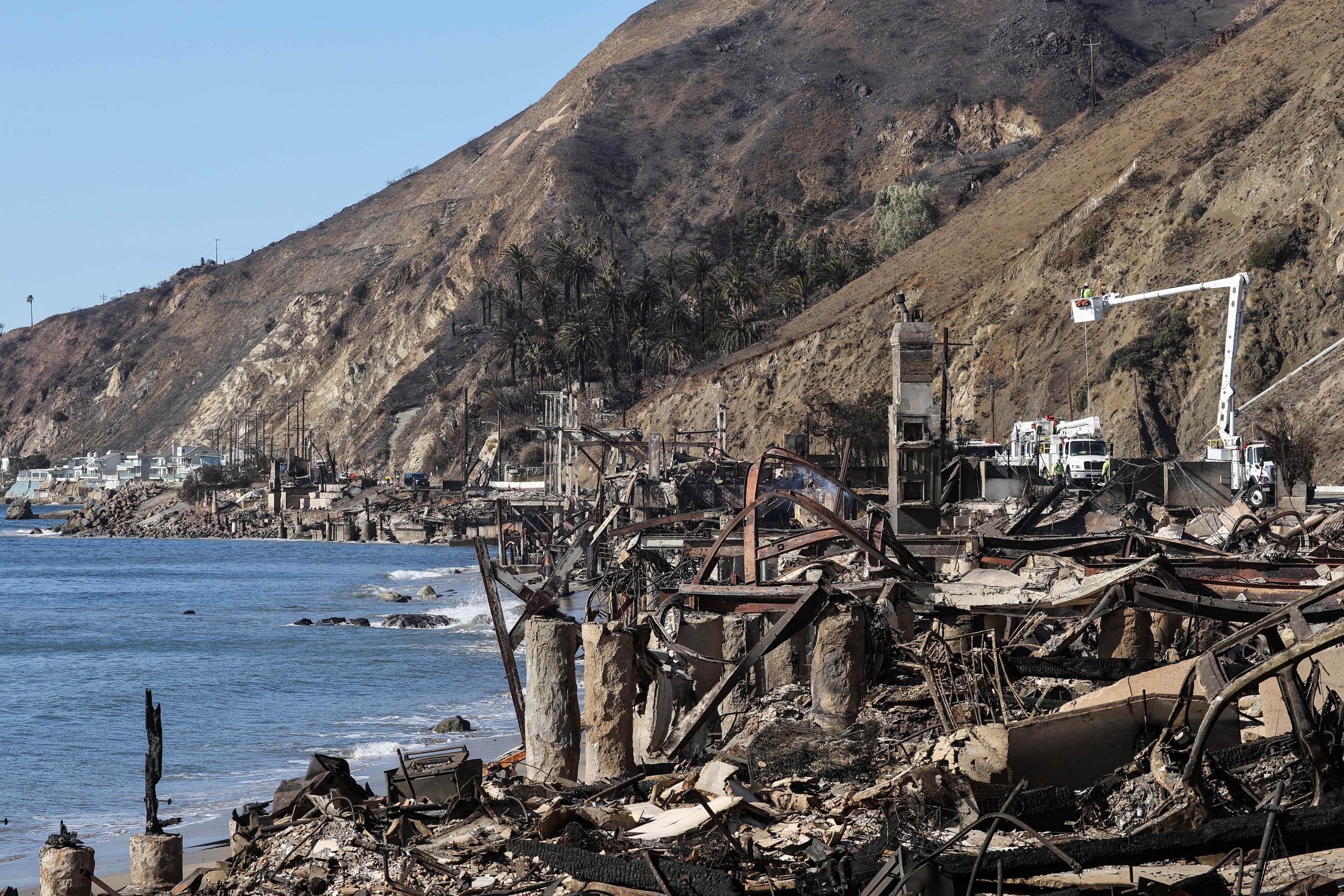How images took over the internet

Stay up to date:
Media, Entertainment and Information
In a social media landscape seemingly overloaded with content, often consumed on our phones or tablets, images are often the best way to grab our attention. This is no small feat, and technology companies know this, with many focusing their attention on how we create and share images.
Last spring Apple used a one-minute video to announce that the iPhone had become the world’s most popular camera. Flickr seems to confirm this; at the time of writing the three most popular cameras used by the Flickr community were different models of the iPhone. For smartphone users, the camera has gone from being something bought especially to photograph a specific occasion, to something carried with us everywhere we go. We can photograph everything we encounter, from everyday snaps, to dramatic events we may witness unintentionally but can share via social media.
According to comScore figures for 2014, the US now has 65% smartphone penetration. Smartphones have overtaken desktop usage to access the internet and, more than that, mobile internet use accounts for the majority of internet use in the US (57%). Perhaps unsurprisingly, one important recent social media trend that stands out is the rise of platforms and apps focused on visual content. Beyond early photo-sharing sites like Flickr, newcomers such as Pinterest, Tumblr, Instagram, Vine and Snapchat have captured this emerging mobile image market. A key to their success is that most are “mobile first”, offering users an attractive integrated experience of creating, editing, sharing and viewing images on phones and tablets.
Snapchat is exclusively mobile and may herald a further shift from “mobile first” to “mobile first and only”. A simple design and stripped-down functionality promotes high-intensity use and captures the attention of the viewer more deeply. Because a Snapchat image “self-destructs” after a short period of time, users are encouraged to fully engage with it while they can – intensifying the natural ability of the image to grab and hold our gaze.
In a similar vein, Twitter recently updated the way it displayed images, allowing users to see pictures directly uploaded to Twitter in their streams, rather than having to click or tap to open them. The company has reported that including an image in a tweet gives verified users a bump of 35% in retweets compared to what they would normally get, further boosting the use of pictures.
In terms of wider trends concerning daily volumes of image shares, Snapchat edged past Facebook for daily image shares towards the end of 2013: 400 million snaps versus 350 million uploads on Facebook. At the time of writing, Instagram users posted an average of 60 million images every day. Unsurprisingly, images shared on social media are increasingly seen as highly valuable, whether for companies managing their brand or social scientists seeking to understand our behaviour.
As a specific form of Big Data, images have a depth and density that words often lack. They allow for a much richer communication beyond the short sentences of most status updates, allowing for a more nuanced understanding of this data and its social context.
For example people may upload images of the food they’re about to eat, geotag the location of the restaurant, show the people they are eating with, maybe take a picture of the restaurant and rate it. These same users may also take pictures of other things they like or would like to buy; for example, by creating a board on Pinterest and building a collection of images sourced from all over the internet. Because of all this images sharing, combined with other internet activities such as online shopping, it becomes possible to use this visual data to build more detailed “taste profiles” of users to pinpoint what they like and to better understand how they interact and represent different brands.
This then has immense value for companies interested in better understanding how users engage with their products and offers huge potential for advertisers. And due to the high level of engagement with these images they also provide important metrics on which images do well and what people like. This could lead to further tailored image production and sharing, aimed at maximizing engagement. This could be both on the part of social media users themselves or advertisers aiming for optimal interaction with their content.
An important concern in this area is the rapid development in pattern recognition algorithms, in particular facial recognition, pointing to the possibility of “face prints” becoming common in the future. When users share images of their face it might be worth asking for whom these images are meant. Who is meant to see them? Or allowed to do something with these images? Who can have access to them? Would users feel comfortable if governments collected these images of their faces uploaded on social media? What if these images ended up in a government database to be called on in the future? What if a user was misrecognized by the facial recognition algorithm because they looked like somebody else in the database?
The reality may not have fully caught up with our imagination of what these technologies are capable of, but developments in facial recognition should give us pause for thought nonetheless about the possible future implications of all this image-sharing. It is also worth remembering that the act of creating images of our activities now also lies in the hands of many others, potentially strangers. How easily can we opt out of being pictured and tagged, and avoid ending up in a huge online picture archive? Seeing is important for creating order: being able to identify specific people and locating them.
The full consequences of the explosion in social media image-sharing may be hard to grasp, but they are ripe for debate.
Part of a series on the top ten trends in social media.
Author: Farida Vis is a Faculty Research Fellow in the Information School at the University of Sheffield and a member of the World Economic Forum Global Agenda Council on Social Media.
Image: A woman takes pictures with Nokia’s new smartphone, the Lumia 1020 with a 41-megapixel camera, after its unveiling in New York July 11, 2013. REUTERS/Shannon Stapleton
Don't miss any update on this topic
Create a free account and access your personalized content collection with our latest publications and analyses.
License and Republishing
World Economic Forum articles may be republished in accordance with the Creative Commons Attribution-NonCommercial-NoDerivatives 4.0 International Public License, and in accordance with our Terms of Use.
The views expressed in this article are those of the author alone and not the World Economic Forum.
Related topics:
Forum Stories newsletter
Bringing you weekly curated insights and analysis on the global issues that matter.
More on Financial and Monetary SystemsSee all
Ekhosuehi Iyahen, Daniel Murphy and Andre Belelieu
August 27, 2025
Tariq Bin Hendi
August 26, 2025
David Ebube Nwachukwu and Adam Skali
August 25, 2025
Lim Chow-Kiat
August 21, 2025
Dalal Buhejji
August 14, 2025
Hallie Spear
August 13, 2025





